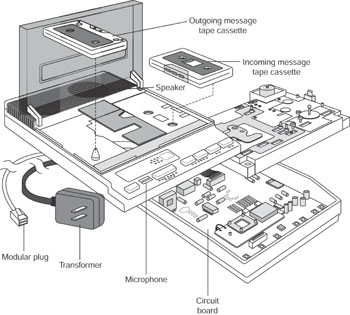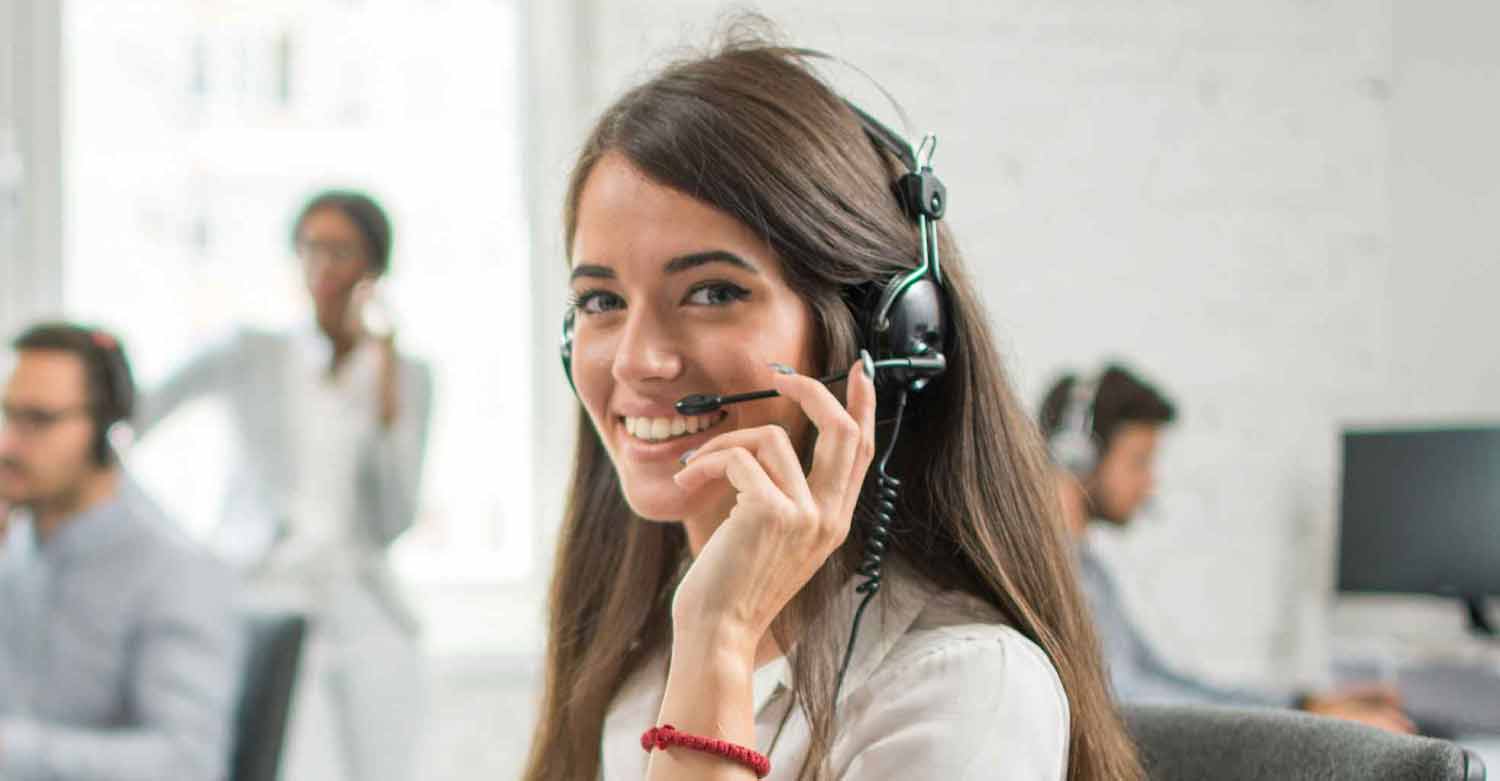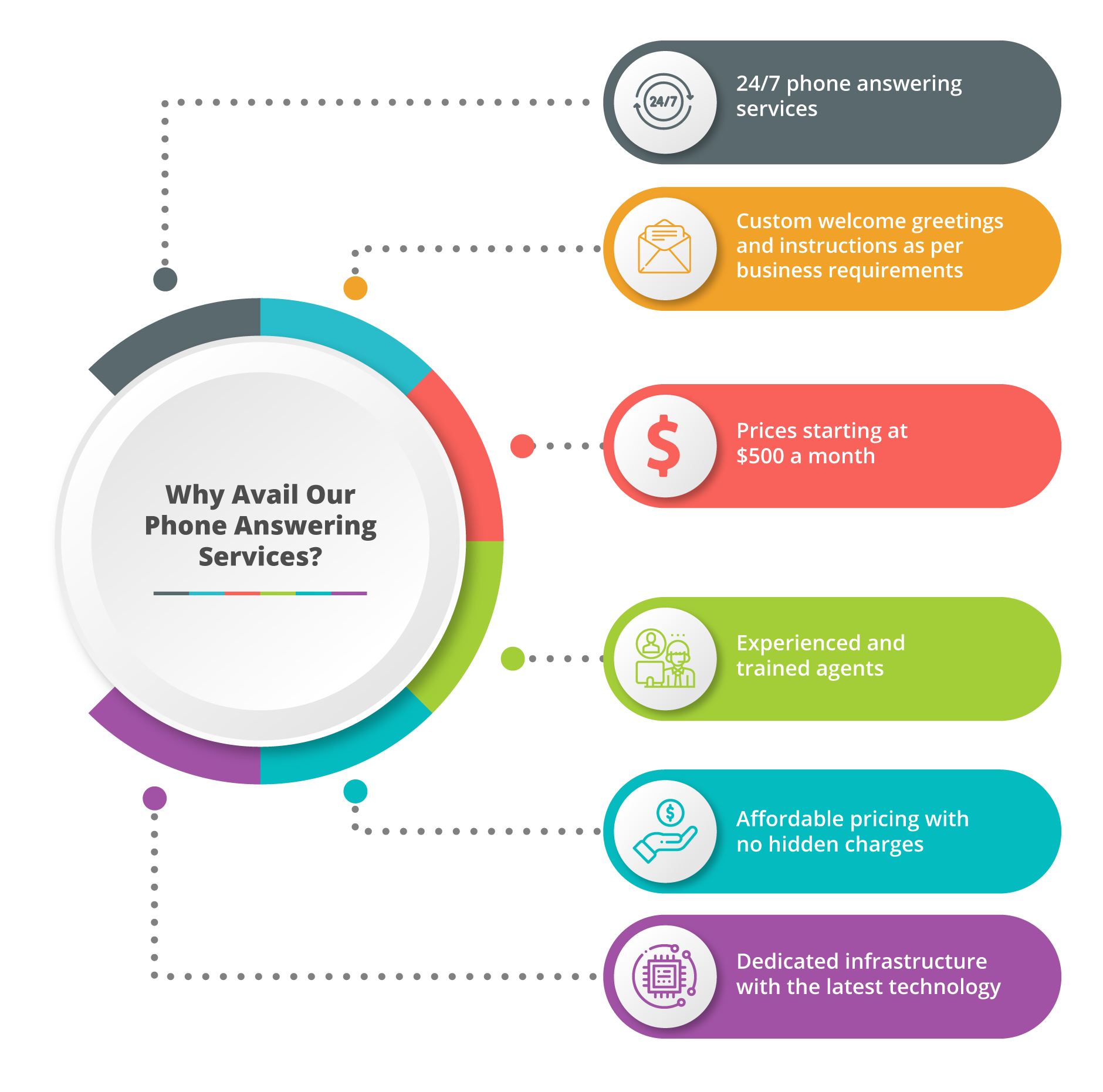All Categories
Featured
Table of Contents
- – What Are The Best The Benefits Of Secretarial A...
- – What Is The Best How To Answer The Phone Profe...
- – What Is The Best Answering Services 101: Every...
- – What Is The Best Phone Answering And Messagin...
- – How Much Is The New Telstra Voice Features & ...
- – Whats The Best Temporary Or Short-term Call ...
What Are The Best The Benefits Of Secretarial And Telephone Answering ...
This device and its followers were developed by Sava Jacobson, an electrical engineer with a private consulting company. While early voice mail used magnetic tape innovation, a lot of modern devices utilizes strong state memory storage; some gadgets utilize a mix of both, with a solid-state circuit for the outgoing message and a cassette for the inbound messages.
"toll saving" listed below) (phone call answering). This works if the owner is evaluating calls and does not want to talk to all callers. In any case after going, the calling party must be informed about the call having actually been answered (in many cases this starts the charging), either by some remark of the operator, or by some welcoming message of the little bit, or resolved to non-human callers (e.
This holds especially for the TADs with digitally kept greeting messages or for earlier devices (prior to the increase of microcassettes) with a special unlimited loop tape, separate from a second cassette, committed to recording. There have been answer-only devices without any recording capabilities, where the greeting message needed to notify callers of a state of current unattainability, or e (professional phone answering service).
What Is The Best How To Answer The Phone Professionally (With Examples)?

about schedule hours. In tape-recording TADs the greeting usually includes an invitation to leave a message "after the beep". An answering machine that uses a microcassette to tape-record messages On a dual-cassette answerphone, there is an outbound cassette, which after the specified number of rings plays a pre-recorded message to the caller.

Single-cassette answering machines contain the outgoing message at the beginning of the tape and inbound messages on the staying space. They initially play the statement, then fast-forward to the next offered area for recording, then tape the caller's message. If there are lots of previous messages, fast-forwarding through them can cause a significant delay.
This beep is often described in the greeting message, requesting that the caller leave a message "after the beep". Littles with digital storage for the recorded messages do not reveal this hold-up, obviously. A little may offer a remote control center, where the answerphone owner can sound the house number and, by getting in a code on the remote telephone's keypad, can listen to taped messages, or delete them, even when far from house.
What Is The Best Answering Services 101: Everything You Need To Know ... Out Today

Thus the machine increases the number of rings after which it addresses the call (usually by 2, leading to four rings), if no unread messages are presently saved, however responses after the set variety of rings (normally two) if there are unread messages. This permits the owner to discover whether there are messages waiting; if there are none, the owner can hang up the phone on the, e.
Some makers also permit themselves to be from another location triggered, if they have been switched off, by calling and letting the phone ring a certain large number of times (generally 10-15). Some provider desert calls currently after a smaller variety of rings, making remote activation impossible. In the early days of Littles a special transmitter for DTMF tones (dual-tone multi-frequency signalling) was regionally required for push-button control, since the formerly used pulse dialling is not apt to communicate suitable signalling along an active connection, and the dual-tone multi-frequency signalling was executed step-by-step.
Any inbound call is not identifiable with respect to these properties in advance of going "off hook" by the terminal equipment. So after going off hook the calls must be switched to appropriate gadgets and only the voice-type is instantly accessible to a human, but possibly, however ought to be routed to a TAD (e.
What Is The Best Phone Answering And Messaging Service In The World
What if I informed you that you do not have to in fact get your device when addressing a customer call? Somebody else will. So hassle-free, best? Addressing telephone call does not require someone to be on the other end of the line. Effective automated phone systems can do the trick simply as effectively as a live agent and in some cases even much better.
An automatic answering service or interactive voice response system is a phone system that interacts with callers without a live individual on the line - business call answering service. When companies utilize this technology, customers can get the answer to a concern about your company just by utilizing interactions established on a pre-programmed call circulation.
Although live operators update the client service experience, numerous calls do not require human interaction. An easy documented message or instructions on how a client can obtain a piece of info generally resolves a caller's instant requirement - virtual telephone answering service. Automated answering services are a simple and efficient method to direct incoming calls to the right person.
How Much Is The New Telstra Voice Features & Services - Home Phone?
Notification that when you call a business, either for assistance or product questions, the first thing you will hear is a pre-recorded voice greeting and a series of options like press 1 for customer support, press 2 for questions, and so on. The pre-recorded choices branch off to other choices depending upon the consumer's selection.
The phone tree system helps direct callers to the best person or department using the keypad on a smart phone. In some instances, callers can use their voices. It's worth noting that auto-attendant options aren't limited to the 10 numbers on a phone's keypad. Once the caller has picked their very first choice, you can create a multi-level auto-attendant that utilizes sub-menus to direct the caller to the best type of assistance.
The caller does not need to communicate with an individual if the auto-attendant phone system can handle their issue. The automated service can path callers to an employee if they reach a "dead end" and require support from a live agent. It is costly to work with an operator or executive assistant.
Whats The Best Temporary Or Short-term Call Answering Services To Buy
Automated answering services, on the other hand, are substantially less costly and offer significant expense savings at approximately $200-$420/month. Even if you don't have actually committed staff to handle call routing and management, an automatic answering service enhances productivity by allowing your group to focus on their strengths so they can more efficiently invest their time on the phone.
A sales lead routed to client service is a lost shot. If a consumer who has product questions reaches the incorrect department or receives incomplete responses from well-meaning employees who are less trained to manage a particular type of question, it can be a reason for frustration and dissatisfaction. An automated answering system can lessen the number of misrouted calls, thereby helping your workers make better usage of their phone time while maximizing time in their calendar for other jobs.
With Automated Answering Systems, you can produce a personalized experience for both your staff and your callers. Make a recording of your primary greeting, and merely upgrade it frequently to show what is going on in your organization. You can create as numerous departments or menu choices as you desire.
Table of Contents
- – What Are The Best The Benefits Of Secretarial A...
- – What Is The Best How To Answer The Phone Profe...
- – What Is The Best Answering Services 101: Every...
- – What Is The Best Phone Answering And Messagin...
- – How Much Is The New Telstra Voice Features & ...
- – Whats The Best Temporary Or Short-term Call ...
Latest Posts
Leading Emergency Call Answering Service ( Australia 4558)
Eco-Friendly Dental Answering Service Near Me – Sydney
Receptionist Service ( Melbourne 3000)
More
Latest Posts
Leading Emergency Call Answering Service ( Australia 4558)
Eco-Friendly Dental Answering Service Near Me – Sydney
Receptionist Service ( Melbourne 3000)